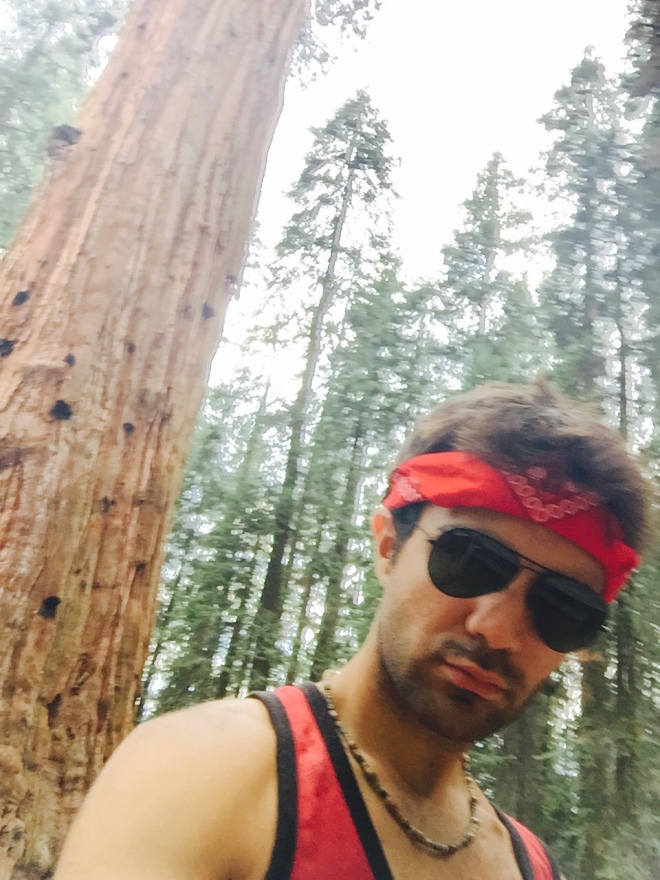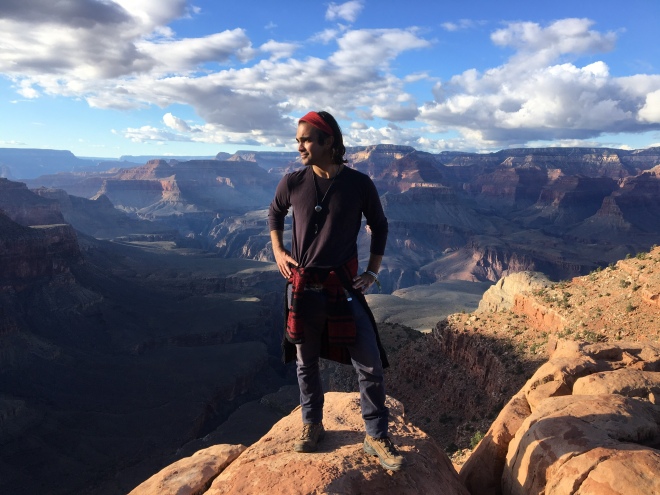I stopped in one of the last towns to fill up on gas and get supplies–which consisted mainly of sandwich bread, two cans of tuna, some fruit and peanut butter–before starting into the mountains, into Sequoia National Park, where I’d sleep for two nights.
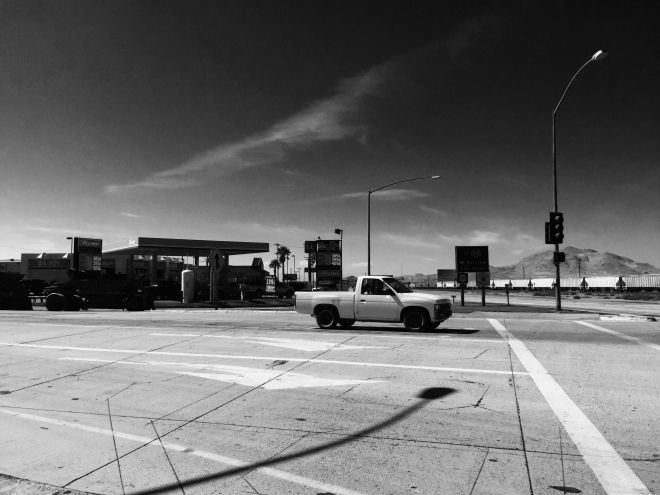
After getting to my campground and setting up my tent, I set out to see General Sherman, the largest tree in the world. I reached the trailhead and made my way into the grove, warm and stuffed with tourists wandering and laughing and taking pictures. I heard babies and toddlers crying and whining, and kids sprinting up and down the trail playing tag and accidentally photobombing the pictures of strangers. I continued and noticed the larger crowds gathering to snap a picture of something in the distance, still obstructed from my view, but something I knew could only be the General Sherman Tree.
It stood mightily at the center, surrounded by excited onlookers who looked like ants by comparison. It was crowded with admirers and yet it seemed strangely alone. A silent sage. A wise man who’d seen generations come and go, had witnessed all the great moments of human history from the very spot upon which it stood. I even pictured some legend of the silver screen growing old though still appearing ageless, encountering a crowd of photographers or tourists taking their picture, but just taking it in stride like a professional. They’re no stranger to the attention, after all. They’ve seen it all before.
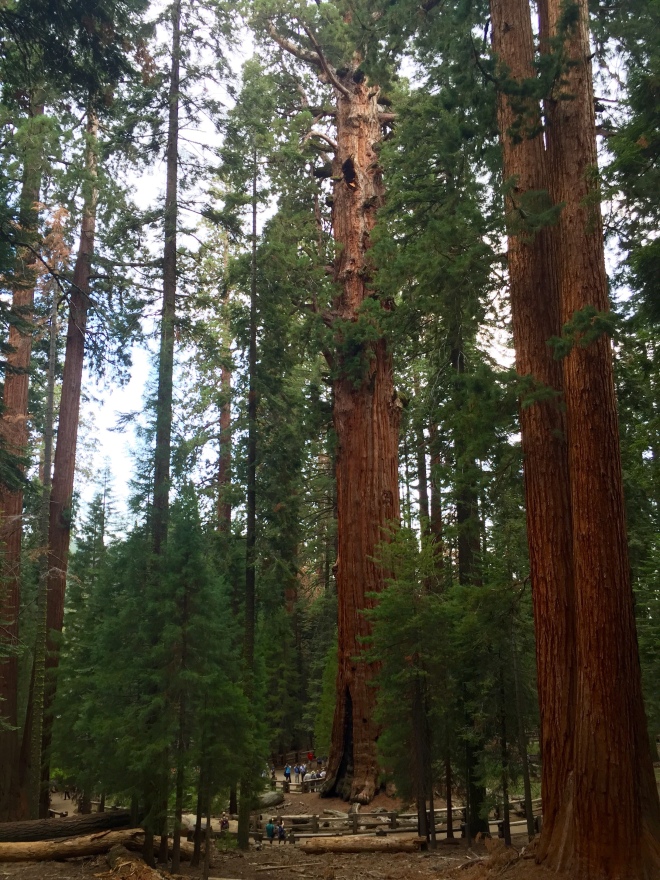
I understood and appreciated the truth that trees, like all other plants on earth, are living breathing organisms. And the more I looked at General Sherman, a tree more than 3,000 years old, the more I appreciated the relevance of these truths concerning all living things on the planet. The more I looked at it, the more I connected with it.
I felt like it was looking way past me, somewhere far beyond where I stood; and that despite its age and wisdom and experience far superior to my own, it too was still something of a lost soul searching and still unsatisfied with everything it had so far understood its purpose to be on this earth. It was the king of these mountains, but it was still subservient to a higher order it didn’t fully understand.
A soft rain fell, more like a mist than a rain. It probably only lasted a minute, but it seemed longer, as if the rain had slowed down time. In that moment the surrounding tourists vanished from sight and left the two of us alone, facing eachother.
The rays of the sun beamed in through the forest, shining down on us both, revealing the tree in all its eternal youth and ancient power, as the reclusive angel, having kept its vigil for centuries way up here in this shadowy grove high up in the mountains.
We were pilgrims, old and young. Angel and man. Man and angel. Guardian angel, maybe. Brothers. In that moment, we were no longer separate from each other. We never had been. There I stood, once again remembering something I seemed to know long ago.
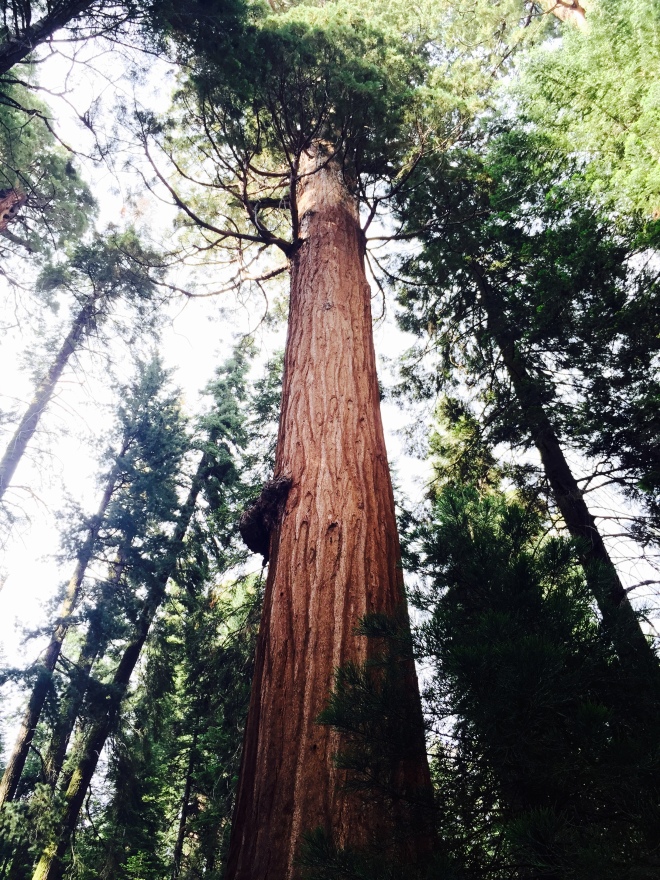
It was the first time in a long time that I’d felt this way about anything in nature. It wouldn’t be the last. Unbeknownst to me, an entire network existed, scattered far across the wilderness of America, and farther still, across the Atlantic Ocean and out to the far eastern reaches of Europe. It took the form of people I’d meet, and the many beautiful things I’d see along the way.
It was ocean and sky, woman and man, living and passed on. With them I felt connected in common cause: that each of us might reach the realization of love and respect for all living things. An understanding of our ongoing, unfailing connection to one another.
I remembered something from my early days in the church that made more sense to me now than it did before. As it was in the beginning, it is now and ever shall be. United in one breath, one beating heart.
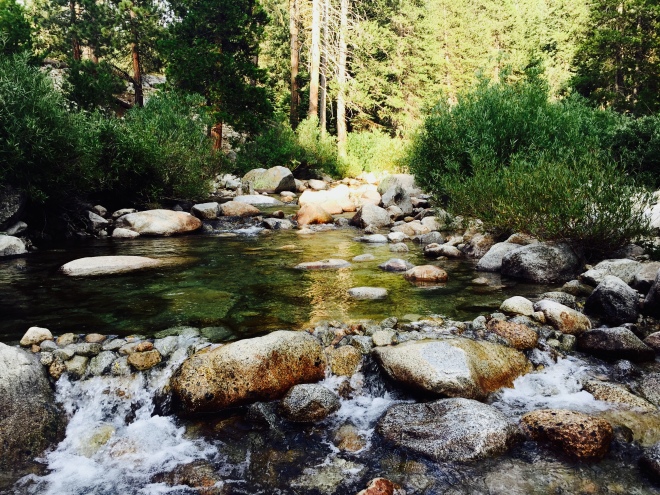
The thought didn’t occur to me at the time, standing in the shadow of General Sherman and the mighty sequoia. It only does now, as I recall the story and wonder how it might sound to someone reading this. Truth be told, prior to this experience, I wasn’t much of an outdoors person. I liked to be outside as much as the next guy but I’d never really camped before at all, and I’d never done much hiking beyond the typical neighborhood hikes in and around LA.
I’d never spent much time in the mountains, amongst the trees whispering at night. I’d never lay quiet listening for melodies beside the creek in the early evening. I’d never breathed in the rush of the river beneath the new morning and the slow, rising sun.
Now that was all about to change.
